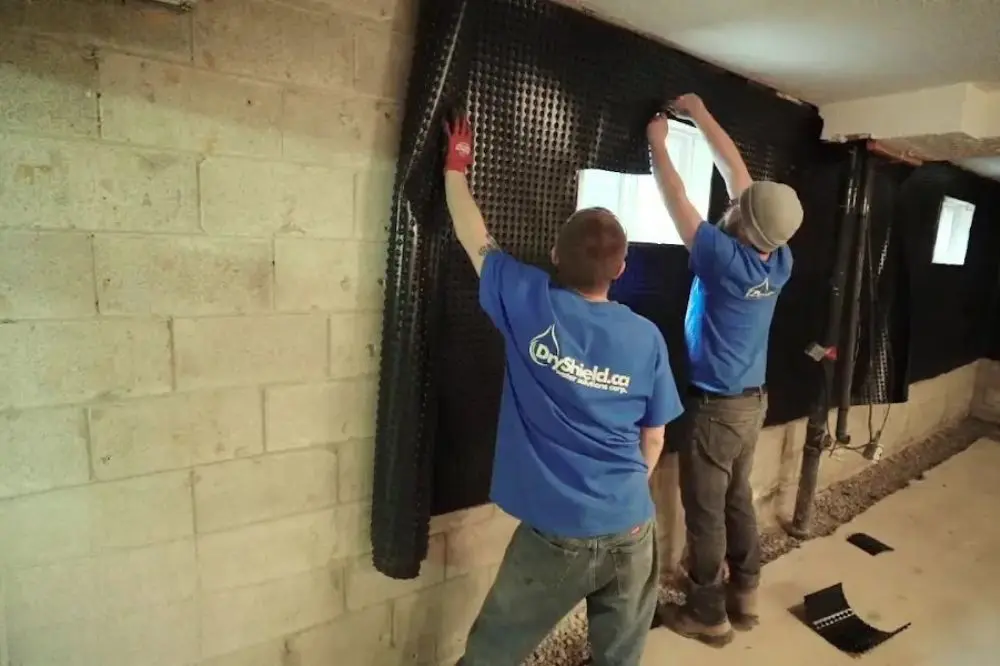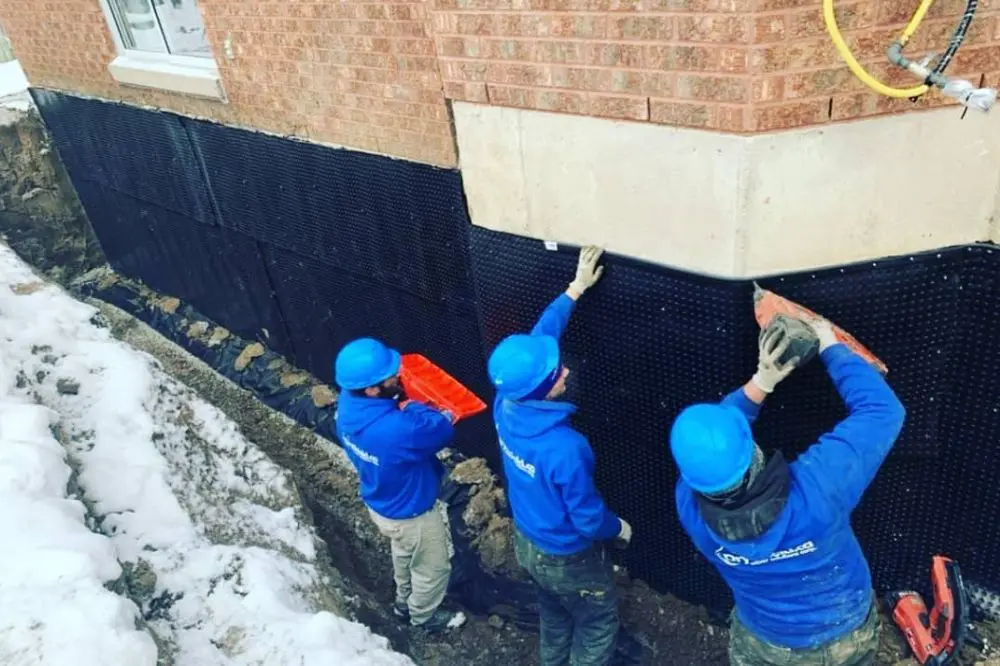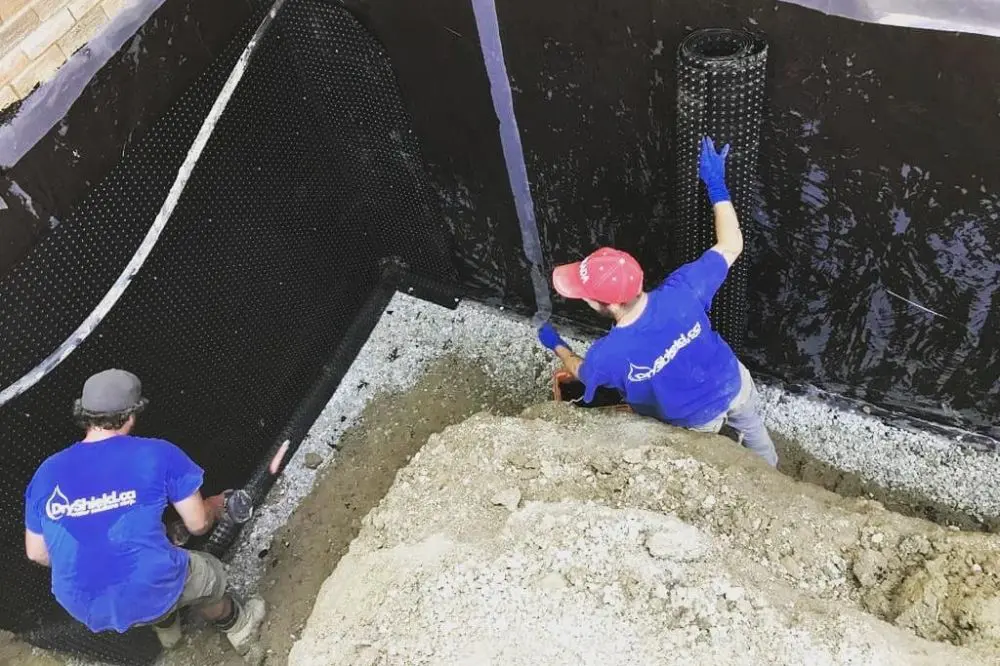A wet basement is more than just an inconvenience — it’s a sign that your home’s defences against water are failing. Over time, moisture can seep through cracks, weaken your foundation, and damage walls, flooring, and stored belongings. In a city like Toronto, seasonal rain, melting snow, and fluctuating temperatures make this a common challenge for homeowners.
One of the most effective ways to protect your property is through basement waterproofing. This service works by preventing water from entering your home in the first place, helping you avoid structural damage and mould growth. The key is knowing where the water is coming from and applying the right solutions.
If water is already entering your home, you may have a basement leak. Addressing this early will save you from costly repairs down the road. In this guide, we’ll walk through the most effective methods for preventing and fixing water problems so you can keep your basement dry all year.
Effective Solutions to Fix Your Wet Basement
- Identify the source of the problem
Every successful repair starts with an accurate diagnosis. Water can enter through cracks in walls or floors, gaps around windows, faulty seals, or even from under the basement slab due to groundwater pressure. Sometimes the source is obvious, such as visible water along a wall after heavy rain. Other times, the leak is hidden, and the only signs are a musty smell or dampness on stored items.
If you suspect you have a leaky basement, an inspection is the first step. Professionals use tools like moisture meters and thermal imaging to find the exact entry point. By identifying the cause before making repairs, you ensure the fix lasts instead of masking the problem temporarily.
- Exterior basement waterproofing
Exterior waterproofing creates a barrier that prevents water from reaching your basement walls. This process involves excavating around your foundation, applying a waterproof coating or membrane, and adding a drainage system to channel water away.
It’s especially important in Toronto, where melting snow in spring can saturate the soil and create intense water pressure against your foundation. By blocking moisture at the source, you reduce the risk of a leaking basement during heavy rain or thaw cycles. While this is often the most labour-intensive solution, it can provide decades of protection when done correctly.
- Interior basement waterproofing
When digging outside isn’t practical, interior waterproofing is an effective alternative. It involves sealing walls with waterproof coatings, adding a vapour barrier, and installing drainage channels that guide water to a sump pump.
This method works well for controlling water that’s already inside and is especially helpful for homes in dense urban areas where exterior access is limited. Even if you only have a small basement, waterproofing in Toronto can provide valuable protection.
- Improve drainage around your home
Simple outdoor adjustments can make a big difference. Poor grading allows water to collect near your foundation, increasing the risk of seepage. Regrading the soil so it slopes away from your home will help keep water at bay.
Extending downspouts to direct water farther away also reduces pressure on your basement walls. These small improvements work best when paired with other waterproofing solutions.
- Basement leak repair
Small cracks may seem harmless at first, but over time, they can let in enough water to damage flooring, walls, and furniture. Basement leak repair often uses epoxy or polyurethane injections, which expand to fill the crack and seal it against future water intrusion.
If you’re hiring a waterproofing company for this work, they can also inspect vulnerable areas such as wall joints, floor seams, and utility openings. Sealing these weak points can prevent a minor seepage problem from turning into a major flood.
- Install or upgrade a drain tile system
Drain tile systems, also known as weeping tiles, channel groundwater away from your foundation. They can be installed inside or outside your basement and are typically buried in gravel to aid drainage.
Older systems may clog or deteriorate over time, so upgrading to modern materials can improve performance. A well-maintained drain tile system works silently in the background, reducing the chance of water problems.
- Sump pump installation
A sump pump is one of the most reliable defences against basement flooding. Installed in a pit at the lowest point of the basement, it collects water and pumps it away from your home through a discharge pipe.
For homes in low-lying areas or neighbourhoods with a high water table, a sump pump is essential. To ensure uninterrupted operation during a storm, many homeowners add a backup battery system. Without it, you could face a basement water leak repair job after a power outage during heavy rain.
- Regular maintenance and inspections
Waterproofing isn’t a one-time job. Regular maintenance keeps your defences strong and effective. At least twice a year — ideally in spring and fall — check your basement for damp spots, test your sump pump, and clear debris from gutters and drains.
Pay close attention after storms, as heavy rainfall can reveal weaknesses that aren’t visible in dry weather. Early detection of a problem allows you to fix it before it leads to major damage and expense.
Why these solutions work together
No single method works for every home. In many cases, the best protection comes from combining several of these strategies. For example, exterior waterproofing stops most water from entering, while a sump pump handles any that gets through.
A full approach like this addresses both prevention and active control, reducing the risk of future water damage. It also helps maintain your home’s value by keeping the structure sound and interiors dry.
Wrap Up!
A wet basement isn’t something you can ignore. Left untreated, it can lead to structural weakening, mould growth, and a drop in property value. By identifying the source of moisture and applying proven solutions such as waterproofing, sump pumps, drainage improvements, and regular inspections, you can keep your home dry and secure for years.
If you’re ready to protect your home and want professional help, Dryshield Waterproofing Toronto provides expert assessments and long-lasting solutions tailored to your property’s needs.




